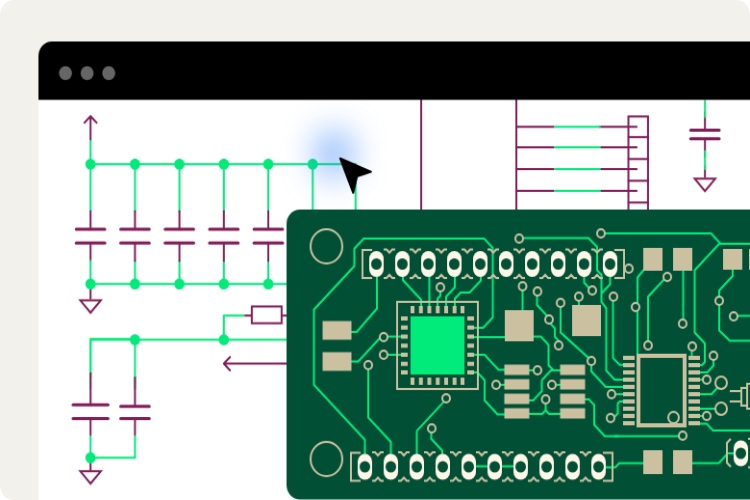
Quilter, an AI startup, recently garnered $10 million in Series-A funding to revolutionize the process of designing printed circuit boards (PCBs). Their approach combines machine learning with high-performance computing to streamline what has traditionally been a labour-intensive and manual task. Despite the availability of automation tools like auto routers, Quilter's CEO Sergiy Nesterenko points out their limitations, as they lack a deep understanding of the manufacturing process and physics involved in PCB design. This issue leads to a continued reliance on manual design methods, in contrast to the automation seen in chip design. Quilter's innovative solution aims to reduce the PCB layout process from weeks to hours, significantly cutting costs. Their machine learning platform is capable of generating complete designs at a computing cost of $10 to $40, a stark contrast to the traditional per-pin costing method used by third-party layout services.
Unlike large language models associated with generative AI and image generators, Quilter employs a model based on reinforcement learning, similar to the technology used by Google DeepMind in mastering the board game Go. This system takes a circuit schematic and, through reinforcement learning, lays out the PCB design, considering physics to optimize component placement. The designs are then evaluated and refined using a high-performance computing physics simulation, ensuring minimal undesirable physics interactions. This ML/HPC combination iterates until it meets usability standards. Nesterenko envisions a future where the platform can autonomously convert schematics into manufacturing-ready design files. Currently, in open beta, Quilter offers users the chance to test the system for free, with plans to eventually charge based on usage after exiting beta.
Quilter's technology, though advanced, still has room for improvement, especially in handling complex PCB designs like those in server motherboards. The largest board designed so far has had about 2,000 pins, with Quilter achieving layouts with up to 20% pin density, compared to the 25-30% managed by human designers. However, the platform has been validated for boards used in products like cameras and high-speed microprocessors. As the technology continues to evolve, it addresses the needs of a substantial market segment requiring simpler boards, offering them a more rapid development pace. Comparatively, Flux.ai, another player in the AI-driven PCB design space, also focuses on enhancing PCB design through AI but specifics on their approach and technology's current capabilities are needed for a direct comparison.

